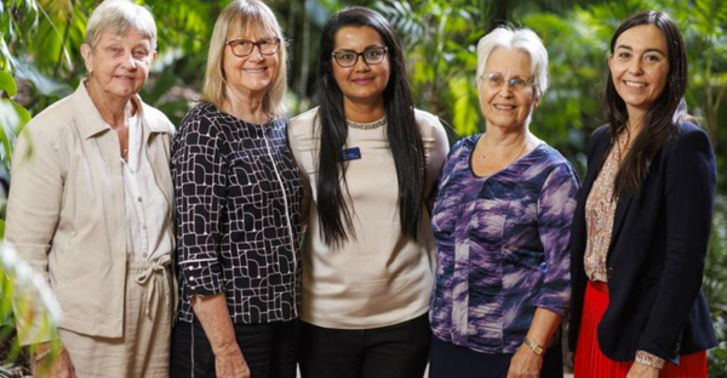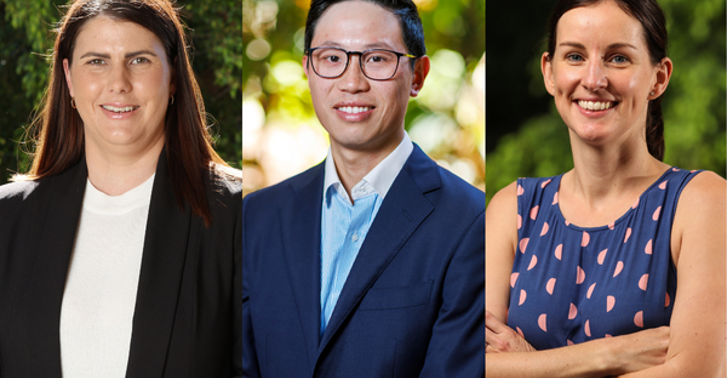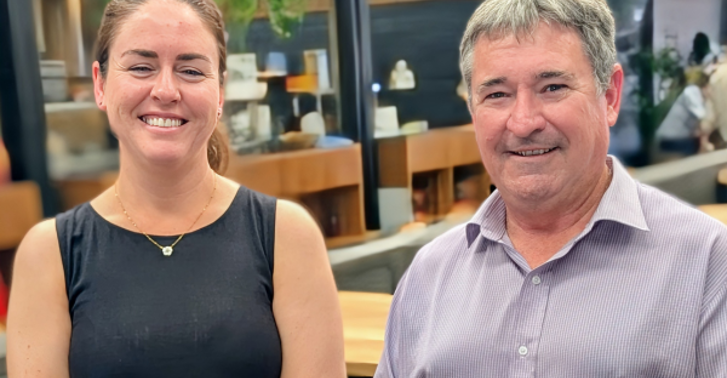
Today, 50 women in Australia will hear the words “you have breast cancer.”
It’s a shocking figure – and a shocking message for any woman to hear.
One in four Queensland women diagnosed with breast cancer will receive their treatment at Mater.
Early detection is the breast protection. Be Breast Cancer Aware.
_____
This Breast Cancer Awareness Month, we highlight the work of our researchers in laboratories and clinical settings to find new ways to diagnose and treat breast cancer. Translational breast cancer researcher Dr Jodi Saunus is at the forefront of the fight against triple-negative breast cancer. Her work, which bridges clinical practice and basic research, aims to uncover new ways to treat aggressive forms of this disease that don’t respond to standard chemotherapy.
About triple-negative breast cancer Triple-negative breast cancer accounts for 10 - 12 per cent of all new diagnoses in Queensland. Treatment options for these fast-growing cancers are limited because they lack the three receptors typically found in most breast cancers:
|
Due to the absence of these receptors, triple-negative breast cancer does not respond to hormonal therapies or HER2 therapies. Since these targeted therapies are not effective, chemotherapy remains one of the main treatments.
However, more than half of these cancers recur after chemotherapy, and Dr Saunus and her team aim to find out why.
Dr Saunus said that triple-negative breast cancer also affected younger women disproportionately compared to other types of the disease.
“If you think about that population of women in our community who are under 50, there are mums, pregnant women, mothers who are caring for young children or other family members, and they're also still income earners within their family units,” Dr Saunus said.
“We don't have any specific treatments that we can give to these women based on the features of their cancers.”
Dr Saunus’ research uses patient samples that are collected through Mater’s Gynaecological and Breast Cancer Biobank. Her team sequences these samples at single-cell resolution to learn more about chemotherapy-resistant breast cancers and find new ways to treat them more effectively.
Dr Saunus said that the five-year survival rate for women newly diagnosed with breast cancer is over 90 per cent.
“This is phenomenal compared to where we were 25 years ago, and there were a few really key discoveries that account for sharp increases that you see in that trend over time. One of those was the introduction of hormone therapy and the other was the introduction of HER2 targeted therapies,” she said.
“What we are looking for now is to create one of those spikes for triple negative breast cancer and find a better way to treat these patients.”



